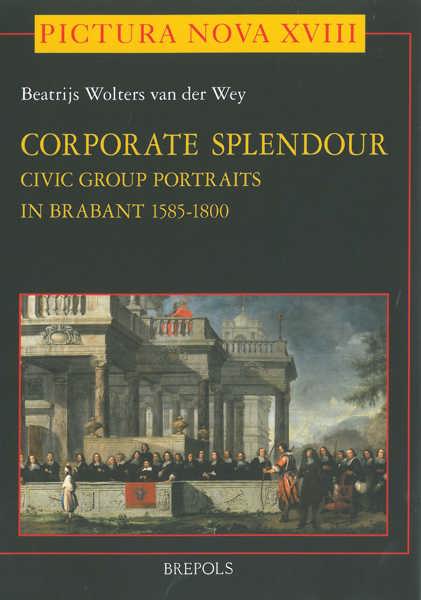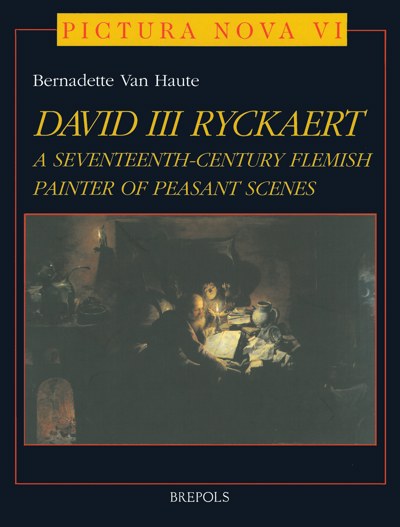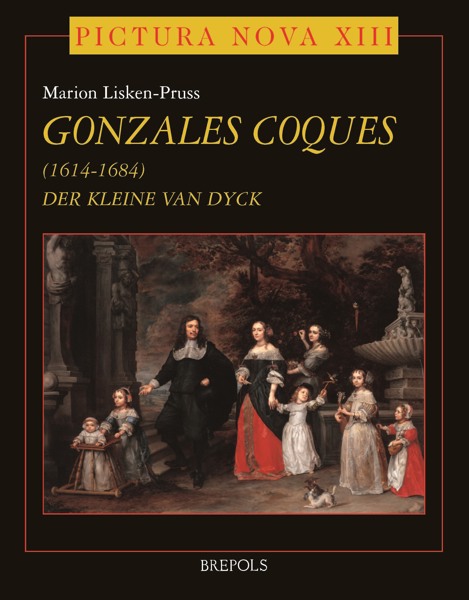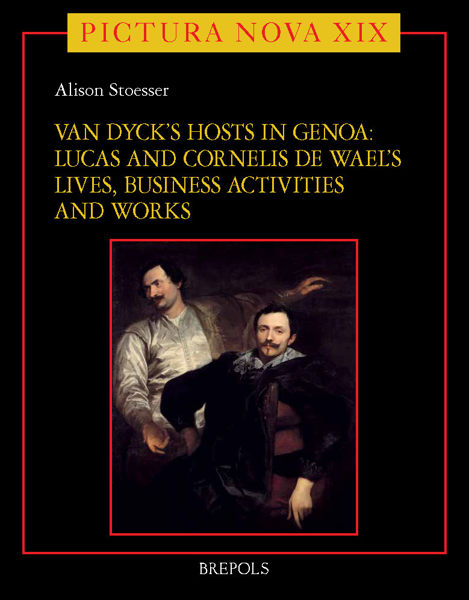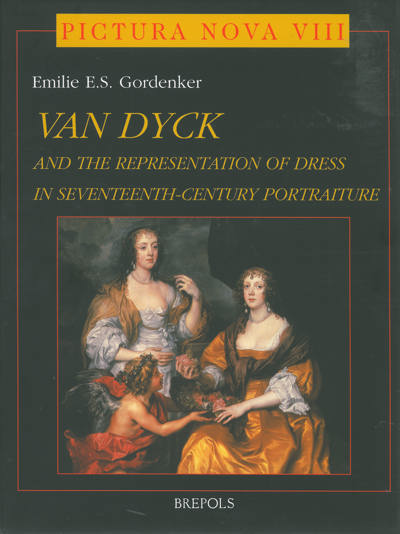
Corporate Splendour
A Typological, Iconographic and Social Approach to Civic Group Portraits in Brabant 1585-1800
Beatrijs Wolters van der Wey
- Pages: 507 p.
- Size:190 x 250 mm
- Illustrations:150 b/w, 154 col.
- Language(s):English
- Publication Year:2015
- € 205,00 EXCL. VAT RETAIL PRICE
- ISBN: 978-2-503-55037-4
- Hardback
- Available
Civic group portraits depicting militia and craft guilds, urban authorities, charitable institutions and religious confraternities were better represented in the Duchy of Brabant during the ancien régime than is generally assumed. Despite the depredations of time and historical circumstance, some hundred such paintings survive, most of them in the larger urban centres of Antwerp, Brussels, Leuven and Mechelen. This book is the first in-depth study of that important sub-genre of Flemish portraiture.
The paintings present a wide variety of compositional types and iconographic elements, monumental life-size portraits coexisting with small-scale representations, yet with a clear difference in typology according to the city in which they were produced. In addition to their formal qualities, the material and technical genesis of these intriguing images of guildsmen, charity wardens, confrères and councillors is examined, with visual observation frequently supported by archival evidence and scientific imagery. The many and varied reasons for commissioning a group portrait and how such bravura displays should be interpreted are also considered, aided by a rich collection of contemporary documents that allow the portraits to be contextualized and their biotope reconstructed. These records also shed revealing light on some of the (f)actors involved in the portraits’ production: the patrons and their socio-economic and political position, the occasions commemorated, the artists employed, the price and the way it was paid, and the places – public or private, sacred or secular – that these images of corporate splendour were intended to adorn.
This is the first time Brabantine civic group portraits painted between 1585 and 1800 have been the subject of specific investigation. The results reveal a genre not only fascinating in itself but one that also enhances our understanding of the cultural history of the Low Countries.
